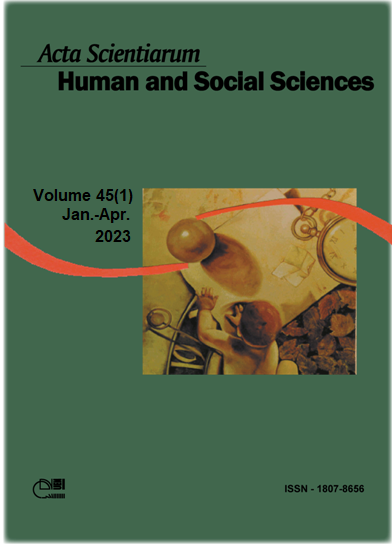Urban space: analysis on the management of solid waste produced by residents of the neighborhood of Nossa Senhora de Fátima-Tefé/AM
Abstract
This article is a reflection on the production of solid waste in the urban space of Tefé-AM, specifically in the Nossa Senhora de Fátima neighborhood, through an environmental approach, considering that a large production of waste by residents was diagnosed in the neighborhood, discarded in the inappropriate streets and places, causing socio-environmental impacts. In this way, an action was thought that could contribute to minimize such impacts. A project was designed with the objective of identifying the socio-environmental impacts and proposing to people the desire to participate in building citizenship and understanding the duties that everyone has with a better quality of life. The method used was analytical, within an empirical approach, where an informal conversation with the residents was possible, in addition to interviews with thirty of them, so that we could build the history of the neighborhood and understand their anxieties and desires. The residues were found around the houses, in the vacant lots, on the banks of the Igarapé Xidarini and under the bridges, being the main focus of solid residues found, both in the flood period and in the dry season. This study had the purpose of sensitizing the residents of the Nossa Senhora de Fátima neighborhood to seek values that lead to a harmonious coexistence with the environment and the other species that inhabit the planet, helping them to critically analyze the principles that have led to the inconsequential destruction of the natural resources and various species. It is fundamental that each one of the residents develop their potential and adopt personal postures and constructive social behaviors, collaborating for the construction of a just society and a healthy environment.
Downloads
DECLARATION OF ORIGINALITY AND COPYRIGHTS
I Declare that current article is original and has not been submitted for publication, in part or in whole, to any other national or international journal.
The copyrights belong exclusively to the authors. Published content is licensed under Creative Commons Attribution 4.0 (CC BY 4.0) guidelines, which allows sharing (copy and distribution of the material in any medium or format) and adaptation (remix, transform, and build upon the material) for any purpose, even commercially, under the terms of attribution.
Read this link for further information on how to use CC BY 4.0 properly.























